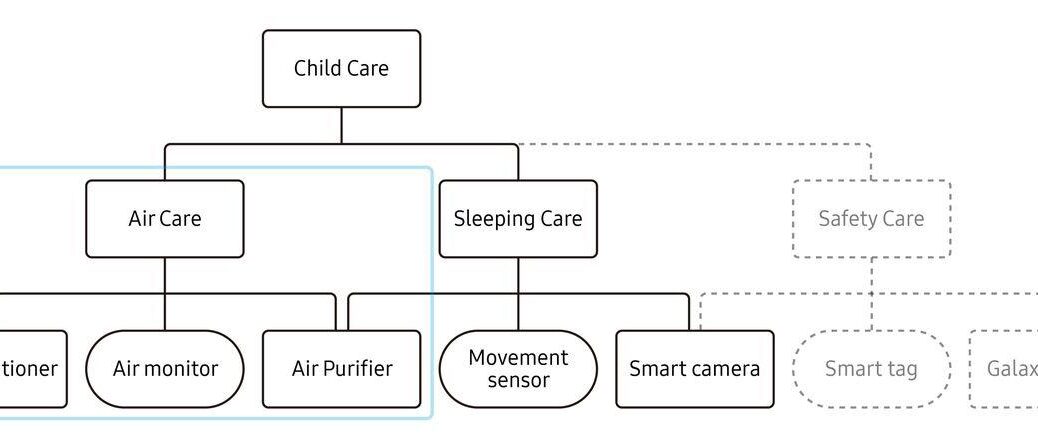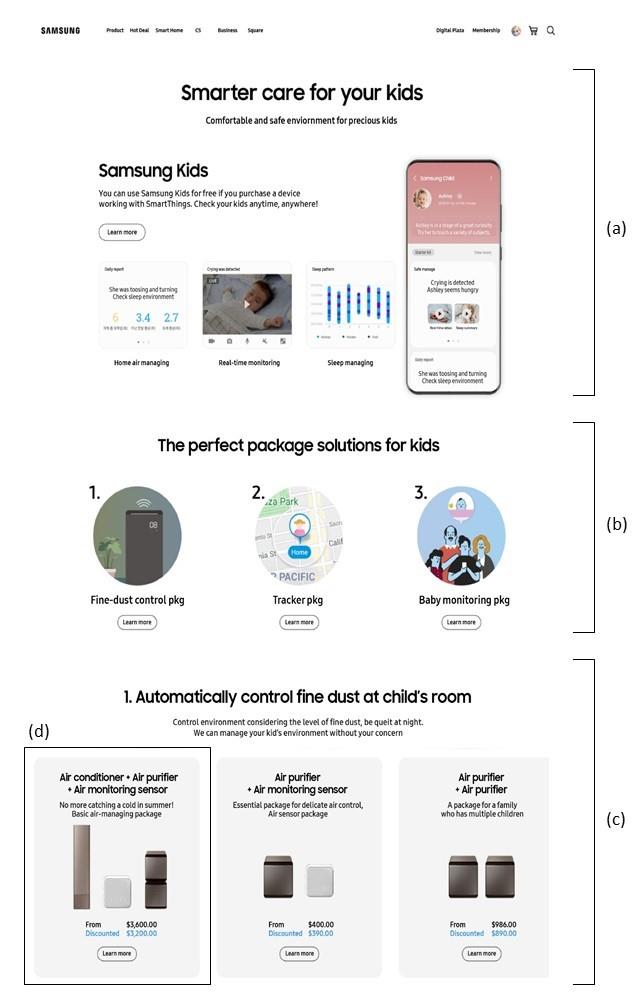Daeun Yoo and Jaewoo Joo. 2024. BI-CST: Behavioral Science-based Creativity Support Tool for Overcoming Design Fixation.. In Designing Interactive Systems Conference (DIS Companion ’24), July 01–05, 2024, IT University of Copenhagen, Denmark. ACM, New York, NY, USA, 5 pages.
Abstract
Design Fixation refers to the tendency to adhere to pre-existing ideas, which hinders innovative design solutions. This research explores the potential of LLM-powered Creativity Support Tools, the ’Behaviorally Informed Creativity Support Tool (BI-CST),’ to facilitate ideation and combat Design Fixation using ’Behavioral Science Theory.’ BI-CST assists in redefning problems and generating new ideas by presenting experimental fndings from Behavioral Sciences that challenge users’ initial concepts, thus providing a deeper understanding of real human behaviors. We will assign three groups to diferent conditions: one designing without generative AI support, one with open-ended generative AI (e.g., ChatGPT), and one using a model trained in behavioral science. We aim to compare the originality, practicality, and general quality of the designs to assess design fxation. This study addresses design fxation through an interdisciplinary approach combining design and behavioral science, aiming to expand users’ perspectives.
Keywords
creativity support tool, human AI collaboration, behavioral science, design fixation, generative AI

… Behavioral science, a sub field of psychology, aims to understand and predict people’s behaviors through scientific methods ranging from casual observation of daily life to systematic observation to minimize the effects of biases [22, 29]. Its research includes behavioral decision theory, which shows people’s heuristics and biases in judgment [9], and builds nudges that gently alter people’s decision making processes [27]. As this field targets problem-solving by understanding people’s psychology, efforts have been made to apply theories of behavioral science in the HCI field to change users’ behavior [13, 14, 19]. However, there has been limited research on incorporating behavioral science into Creativity Support to aid design processes. We assume that the scientific causal and systematic observational results about human behavior from behavioral science can serve as a ’nudge’ to assist users in gaining more diverse perspectives. (pg. 117)

… We hypothesize that participants using a non-behaviorally informed Creativity Support Tool (CST) in Condition B are likely to reinforce their existing heuristics, which could increase their design fixation. In contrast, participants in Condition C, who will be provided with behaviorally informed guidance, are expected to adopt new heuristics that help reduce their fixation on initial ideas. Specifically, we anticipate that the outputs in Condition A and Condition B will likely exhibit medium to high originality but may have low practicality. Conversely, outputs from Condition C are expected to show medium originality but high practicality, due to the application of evidence-based creative support derived from behavioral science research. (pg. 119)


